- About us
- Support the Gallery
- Venue hire
- Publications
- Research library
- Organisation chart
- Employment
- Contact us
- Make a booking
- Onsite programs
- Online programs
- School visit information
- Learning resources
- Little Darlings
- Professional learning
William John Wills (1834–1861), explorer, had started studying medicine in London before coming to Victoria in 1853. With his brother, Wills worked as a shepherd and then went to Ballarat to assist in his father’s medical practice. He later studied surveying, becoming an assistant at Georg von Neumayer’s astronomical and magnetic observatories in Melbourne. Neumayer, a member of the Royal Society of Victoria’s Expedition Committee, encouraged Wills to join the expedition to the Gulf; he was duly appointed its surveyor, astronomer and third-in-command. Wills became Burke’s lieutenant when clashes with the expedition leader resulted in the resignation of the man initially appointed to the post. A skilled bushman and navigator, Wills was modest, loyal, serious and self- disciplined and some have suggested that the expedition would not have ended so disastrously had Wills been more forthright in challenging Burke’s decisions. Despite the awful trials of the expedition’s final months, Wills continued to record meteorological and other observations in his diary up until the last. In late May 1861 Wills recorded: ‘We are trying to live the best way we can, like the blacks, but find it hard work.’ Wills was later left in camp while Burke and King went to find Aboriginal people to help them obtain food; he wrote his last letter on 29 June, reporting to his father that ‘spirits are excellent’, despite anticipating being able to survive only another four or five days. King, having left Burke dead, returned to find Wills in the same condition. His body was buried by a search party on 18 September 1861, but later his remains were returned to Melbourne and he was accorded a public funeral with Burke in January 1863.
Henry Samuel Sadd (1811–1893) arrived in Australia in 1853 and worked in Sydney for a time before relocating to Melbourne. Sadd became known for his mezzotint portraits of governors, clergymen and other public figures, exhibiting his work at the Victorian Exhibition of Art in 1856 and with the Victorian Society of Fine Arts in 1857. Many of Sadd’s portraits were taken from photographs: these mezzotints of Burke and Wills are based on ambrotypes taken by Thomas Adams Hill in Melbourne in 1860. Though Sadd’s work was much admired he, like many other artists, suffered from photography’s increasing popularity as a medium for portraiture. He died in St Kilda in 1893.
Purchased with funds provided by Ross A Field 2007
Henry Samuel Sadd (age 49 in 1860)
Fergusson & Mitchell, Melbourne
William John Wills (age 26 in 1860)
Ross A. Field (11 portraits supported)
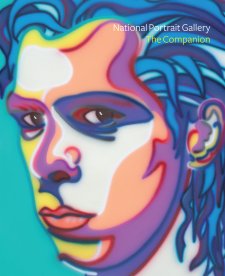

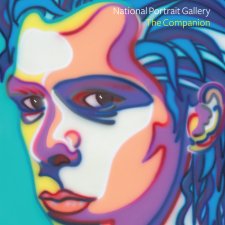
On one level The Companion talks about the most famous and frontline Australians, but on another it tells us about ourselves.
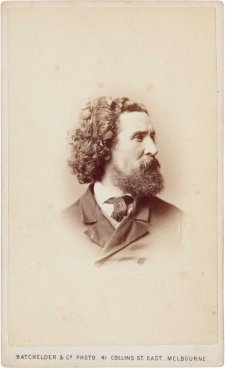
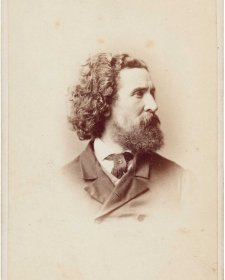
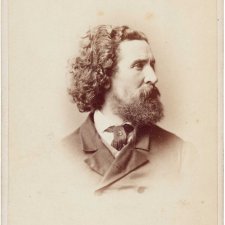
Joanna Gilmour discovers that the beards of the ill-fated explorers Burke and Wills were as epic as their expedition to traverse Australia from south to north.
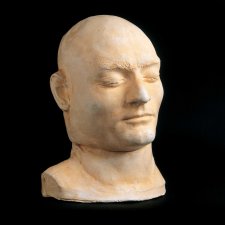

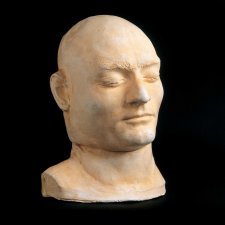
Death masks, post-mortem drawings and other spooky and disquieting portraits... Come and see how portraits of infamous Australians were used in the 19th century.